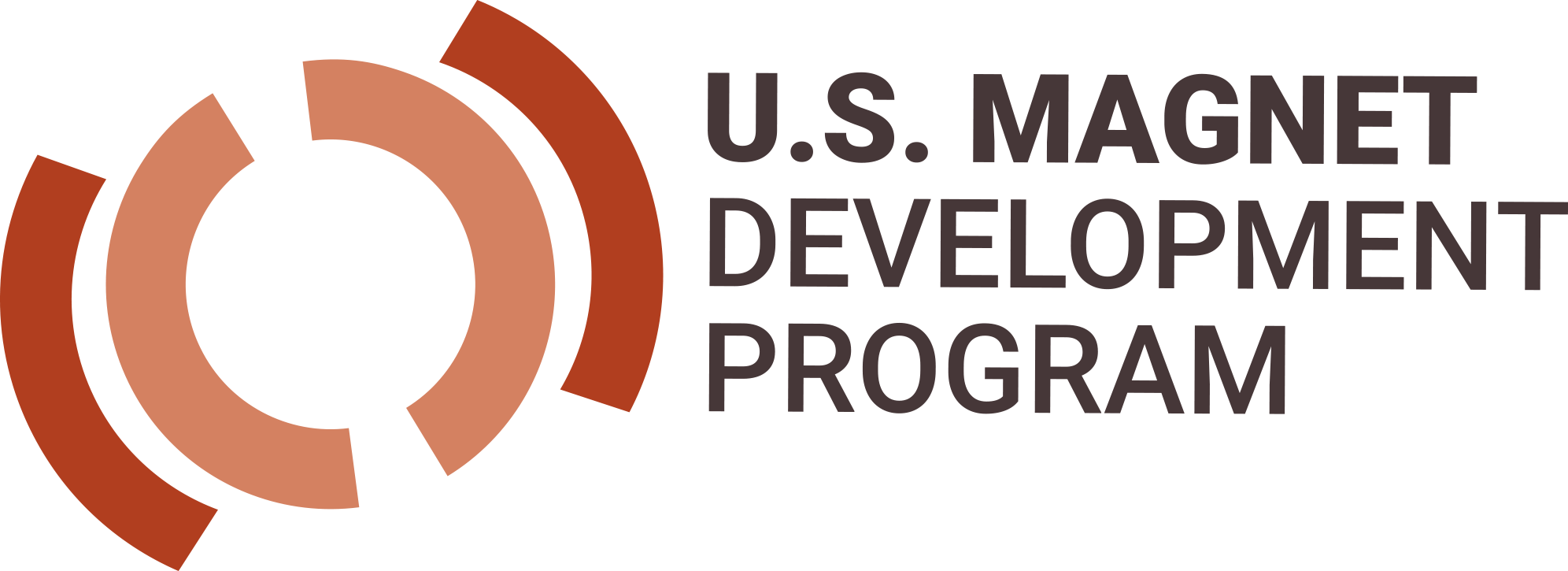
Berkeley Lab Research Scientist Reed Teyber working on instrumentation for magnet testing.
The needs of ever-more-powerful future colliders require innovation in the superconducting magnets that make them possible. Opportunities include magnet performance, energy efficiency, and overall cost. Progress on all these fronts is enabled by fundamental research on the field and temperature limitations of each type of superconductor and the technologies for building magnets with them.
Superconducting particle-accelerator magnets provide the beam’s guiding magnetic field without energy loss, i.e., the magnetic field is effectively stored potential energy. Nevertheless, energy is consumed in the refrigeration power needed to keep the magnets at their operating temperature. Increasing the operating temperature from 1.9 K to 4.2 K more than doubles the wall-plug efficiency of this system. Operating at 20 K would improve Carnot efficiency by a further factor of nearly five. However, operating at a higher temperature limits superconductor options and requires more superconductor per magnet, because critical current density decreases with higher temperature. Furthermore, there are complex interrelations—for example, those related to superconductor magnetization and magnet protection—that can impact operational viability at higher temperatures. Understanding the field and temperature limitations of each superconductor and associated accelerator magnet technology and the potential implications for collider sustainability is critical for the USMDP.
While the focus of future collider magnet technology is typically on the ring dipoles, which dominate the overall facility cost and performance, other types of magnets that drive collider performance, most noticeably the quadrupoles in the detector interaction region that maximize the luminosity of the collider. Advances in accelerator magnet technology can — and must — support the unique challenges of these magnets. Furthermore, innovative magnet designs, such as combined-function magnets that enable unique lattice opportunities, may allow for new collider design paradigms that yield improvements in physics capabilities.

Fermilab Staff Scientist Vadim Kashikhin (right) working with Sean Cohen (a student at Northern Illinois University)
Based on the 2023 P5 report, we anticipate forming collider design group(s) within the next 2-3 years. There must be close collaboration and communication between those groups and USMDP. Identifying the primary limitations on magnet performance, e.g., through guidance on achievable fields, field quality, operating parameters, etc., will be essential contributions from USMDP to enable credible collider designs. Furthermore, close communication can guide USMDP developments on those elements of magnet advances that have the most impact on collider performance and/or that address the most significant risks in collider operations.

